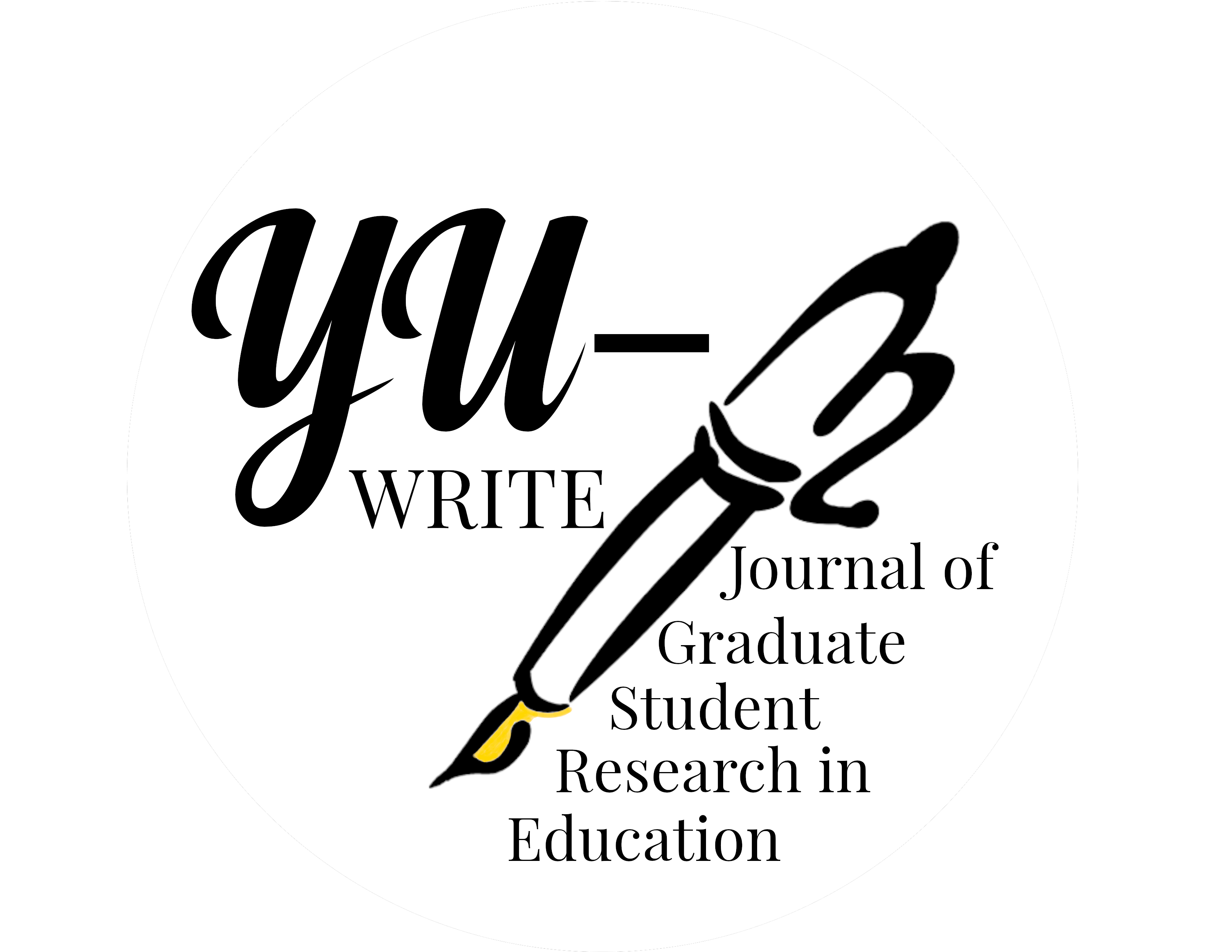Dance Movement Therapy and its Positive Effects
A Literature Review
DOI:
https://doi.org/10.25071/28169344.145Keywords:
Dance Movement Therapy, Laban Movement Analysis, Embodied Movement, EngagementAbstract
Dance Movement Therapy is a prescription for well-being. This paper will explore the efficacy of Dance Movement Therapy (DMT) in creating creative and positive learning environments, the relationship between movement and music therapy, and the promotion of diverse and equitable classrooms. DMT has been introduced and utilized in healthcare and educational settings. Upon engaging with DMT, people living with chronic illnesses such as dementia, Alzheimer’s and Parkinson’s Disease have been seen to have an increase well-being and happiness. Dance has also been integrated into K-12 education settings to encourage inclusion and accommodation in the classroom. DMT has also been used to help with depression and anxiety, in conjunction with traditional therapy and pharmaceutical drugs. DMT has started to be recognized as an effective treatment for various conditions and encourages learning.
References
Barkai, Y. (2025). Revisiting dance therapy training with Marian Chace: 50 years on. Body, Movement and Dance in Psychotherapy, 20(1), 91–104. https://doi.org/10.1080/17432979.2024.2335252
Blanc, V. (2021). The dance of becoming: Pedagogy in dance/movement therapy in the United States. American Journal of Dance Therapy, 43(2), 167-187. https://doi.org/https://doi.org/10.1007/s10465-021-09351-0
Chaiklin, S., & Wengrower, H. (2009). The art and science of dance/movement therapy life is dance. Routledge. Davies, E. (2006). Beyond dance: Laban’s legacy of movement analysis. Routledge.
Devereaux, C. (2017). Educator perceptions of dance/movement therapy in the special education classroom. Body, Movement and Dance in Psychotherapy, 12(1), 50–65. https://doi.org/https://doi.org/10.1080/17432979.2016.1238011
Dwarika, M. S., & Haraldsen, H. M. (2023). Mental health in dance: A scoping review. Frontiers in Psychology, 14. https://doi.org/10.3389/fpsyg.2023.1090645
Esposito, P., Kasai, T. (2017). Butoh dance, Noguchi Taiso, and healing. In V. Karkou, S. Oliver, & S. Lycouris (Eds.), The Oxford Handbook of Dance and Wellbeing (pp. 255–272). Oxford Handbooks. https://doiorg.ezproxy.library.yorku.ca/10.1093/oxfordhb/9780199949298.013.14
Ginman, K., Anttila, E., Juntunen, M.L., & Tiippana, K. (2022). Classroom-integrated movement and music interventions and children’s ability to recognize social interaction based on body motion. Education Sciences, 12(12). https://doi.org/http://dx.doi.org.ezproxy.library.yorku.ca/10.3390/educsci12120914
Hill, H. (2017). Dance movement therapy and the possibility of wellbeing for people with dementia. In V. Karkou, S. Oliver, & S. Lycouris (Eds.)The Oxford Handbook of Dance and Wellbeing (pp.821-838) Oxford Handbooks. https://doi-org.ezproxy.library.yorku.ca/10.1093/oxfordhb/9780199949298.013.42
Karkou, V., Oliver, S., & Lycouris, S. (Eds.). (2017). The Oxford handbook of dance and wellbeing. Oxford University Press.
Mullane, S. &Dunphy, K. Dance movement therapy, student learning, and wellbeing in special education. In V. Karkou, S. Oliver, & S. Lycouris (Eds.) The Oxford Handbook of Dance and Wellbeing, Oxford Handbooks. https://doi.org/10.1093/oxfordhb/9780199949298.013.54.
Norris, E., Tommy, v. S., Direito, A., & Stamatakis, E. (2020). Physically active lessons in schools and their impact on physical activity, educational, health and cognition outcomes: a systematic review and meta-analysis. British Journal of Sports Medicine, 54(14), 826-838. https://doi.org/10.1136/bjsports-2018-100502
Santos, R., & Lopes, L. (2022). Integrating movement in the classroom as a COVID‐19 post‐pandemic response. Child: Care, Health and Development, 48(6), 1136–1137. https://doi.org/10.1111/cch.12972
Downloads
Published
How to Cite
Issue
Section
License
Copyright (c) 2025 Victoria Villani

This work is licensed under a Creative Commons Attribution-NonCommercial 4.0 International License.
Under Attribution-NonCommercial 4.0 International (CC BY-NC 4.0), you are free to share (copy and redistribute the material in any medium or format) and adapt (remix, transform, and build upon the material) under the following terms:
-
Attribution — You must give appropriate credit, provide a link to the license, and indicate if changes were made. You may do so in any reasonable manner, but not in any way that suggests the licensor endorses you or your use.
-
NonCommercial — You may not use the material for commercial purposes.
- No additional restrictions — You may not apply legal terms or technological measures that legally restrict others from doing anything the license permits.


